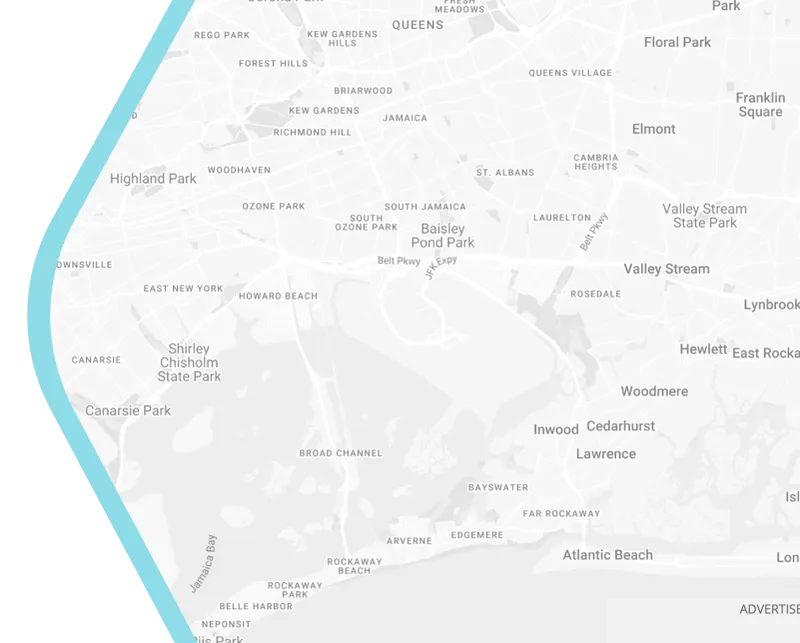
User-focused Service: Smarter London Strategy
As part of the Smarter London Strategy, the 33 local authorities are working together to create more user-designed services. This mission is a way to create Smart City that is in tune with what the citizen need. To support this, London also developed new approaches that ensure digital inclusion, so that everyone can access the public services online.
















